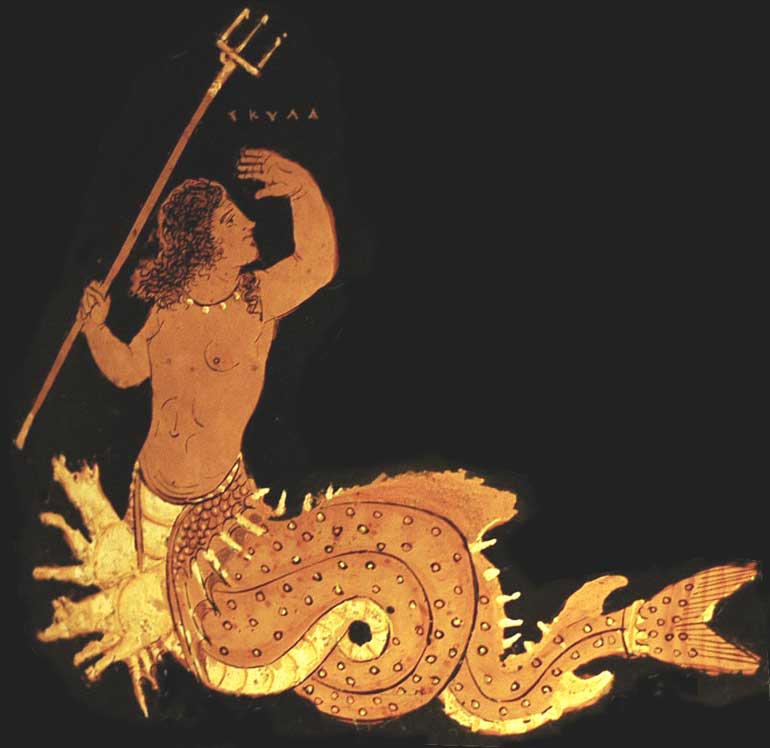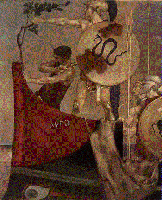 It seems clear that the Homeric epic The Odyssey is a retelling of the Amun-Ra story of the journey into the Duat, or underworld. As both Nanno Marinatos in his article "Cosmic Journey of Odysseus" and John A. Scott in the article "Odysseus as a Sun God" note, the imagery of the sun, the dawn passages, the significance of Helios, the 24 book cycle corresponding to the hours of the day, the struggles and trials & the cleansing of the many-headed mob of suitors correspondent to the struggles in the Duat and the defeat of the dragon Apep, all amount to a remarkably strong case in favor of Odysseus as a sun hero.
It seems clear that the Homeric epic The Odyssey is a retelling of the Amun-Ra story of the journey into the Duat, or underworld. As both Nanno Marinatos in his article "Cosmic Journey of Odysseus" and John A. Scott in the article "Odysseus as a Sun God" note, the imagery of the sun, the dawn passages, the significance of Helios, the 24 book cycle corresponding to the hours of the day, the struggles and trials & the cleansing of the many-headed mob of suitors correspondent to the struggles in the Duat and the defeat of the dragon Apep, all amount to a remarkably strong case in favor of Odysseus as a sun hero. 
Indeed, the Ptolemies put extraordinary means into locating and creating national gods that could be jointly worshiped by Egyptians and Greeks.
The work of Apollonius', then, reflects this attempt at synthetic mythopoesis. Noegel, quoting S.A.Stephens, states that the reader
...must see Apollonius as having "written a poem of and for the new hybrid political state, by retrojecting into the epic past elements of both worlds and by creating an epic template for new beginnings that partakes of both."
 from the head of the artist but rather is a recrafting of existing myths; retelling the old images and stories in a new way. Artists reconstitute the most significant myths of human culture for their own times. Apollonius did it; Vergil did it; Dante did it; Tolkien did it. Each artist took the prior myths and recrafted them in an original way.
from the head of the artist but rather is a recrafting of existing myths; retelling the old images and stories in a new way. Artists reconstitute the most significant myths of human culture for their own times. Apollonius did it; Vergil did it; Dante did it; Tolkien did it. Each artist took the prior myths and recrafted them in an original way.
This leads to the question of whether a similar political synthesis was occurring during the era of Homer's poem. If the work of Apollonius echoes the attempt on the part of the Ptolemies in 305BC to make a "national epic" out of Egypt and Greek heritage would sun imagery in the Odyssey reveal a similar cultural fusion between the Ionian coast and the Egyptian culture in the 9th century BC? Or was Homer simply using an accepted myth upon which to base his great poem? 

No comments:
Post a Comment